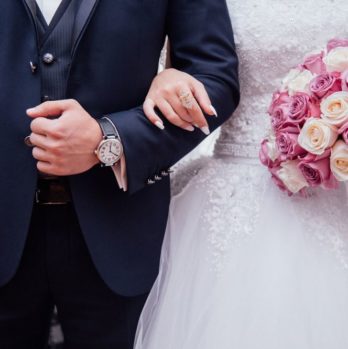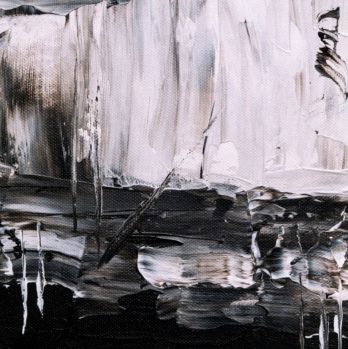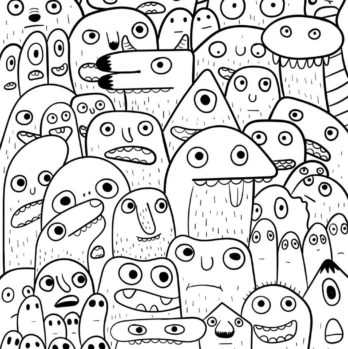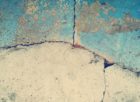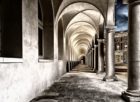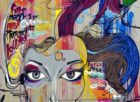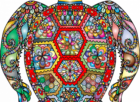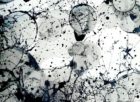Spackel konst: Exploring the World of Texture and Creativity
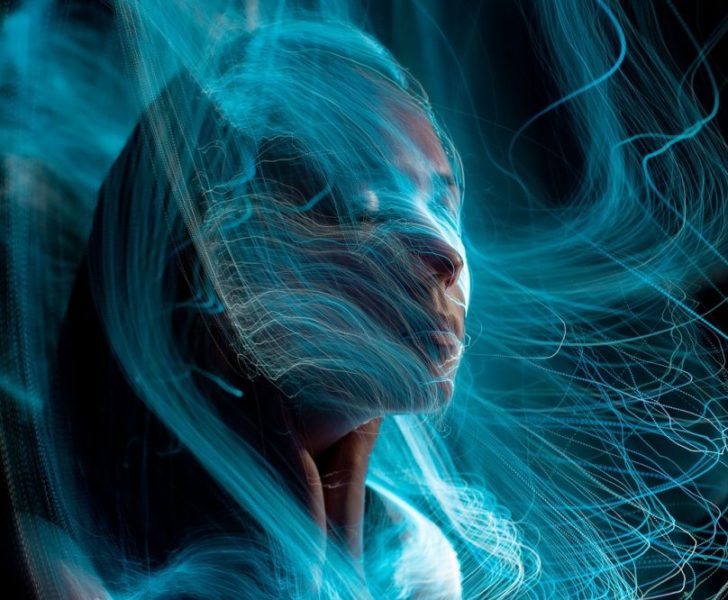
Introduction:
Spackel art, also known as texture art, has gained popularity in recent years for its unique ability to add depth and dimension to traditional artwork. This article aims to provide a comprehensive overview of spackel art, including its various types, popularity, and historical significance. Furthermore, quantitative measurements and a discussion on the differences between different types of spackel art will be explored, along with an analysis of its pros and cons.
An Overview of Spackel Art
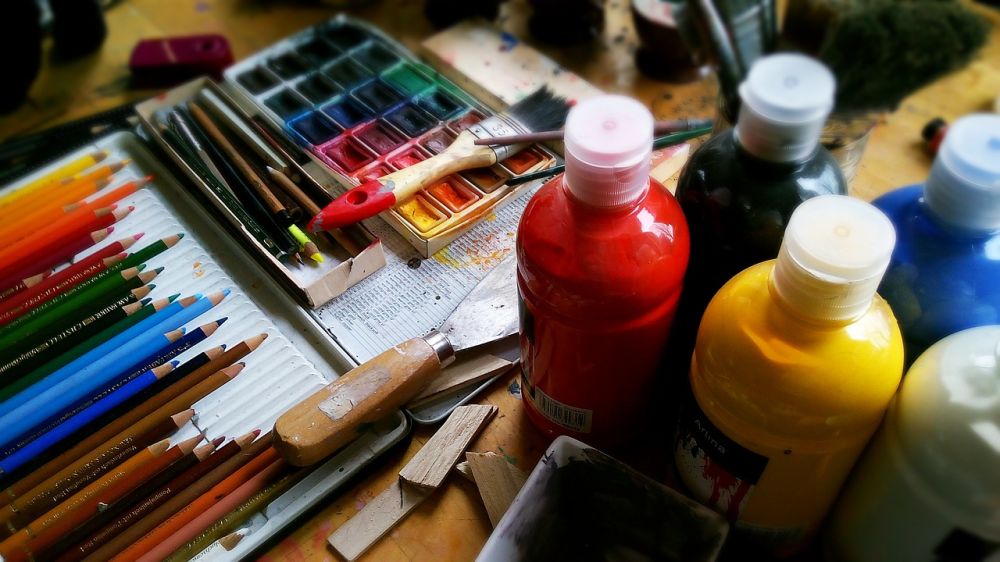
Spackel art involves the use of spackel, a paste-like material composed of gypsum or calcium sulfite, mixed with paint to create texture on various surfaces. This technique allows artists to enhance their creations by adding layers, patterns, or sculptural elements. Spackel art originated as a technique used primarily in architectural and interior design, but artists have embraced its potential to create captivating and unique artworks.
Types and Popularity of Spackel Art
There are various types of spackel art, each offering its own distinct characteristics and creative possibilities. One popular type is relief spackel art, which involves creating raised textures on a flat surface. This technique allows artists to add depth and dimension to their artwork, making it visually striking and engaging.
Another type of spackel art is sculptural spackel art, where artists utilize spackel to create three-dimensional shapes or forms. This technique allows for the creation of intricate and detailed sculptures, adding a tactile element to the artwork.
Spackel art has gained popularity among artists and art enthusiasts alike, as it offers a unique way to explore texture and create visually appealing pieces. Its versatility and ability to enhance traditional artwork have made it a preferred technique among many contemporary artists.
Quantitative Measurements of Spackel Art
When it comes to spackel art, quantitative measurements can be used to analyze and compare different artworks. One common measurement is the thickness of the spackel layer applied, which can range from a thin veneer to a thick, sculptural texture. Artists can experiment with different thicknesses to achieve their desired visual effect.
Additionally, the drying time of spackel can be measured, as it affects the overall workflow of creating spackel art. Some artists prefer faster drying spackel for quicker completion of their artworks, while others prefer slower drying spackel for more precise manipulation.
Quantitative measurements can also be used to assess the durability and stability of spackel art over time. Testing for factors such as cracking, adhesion, and color fading can provide valuable insights into the longevity of these artworks.
Exploring Differences in Spackel Art
While spackel art shares a common foundation of using spackel as a medium, there can be notable differences between artworks. These differences can arise from the techniques applied, the choice of materials, or the artist’s personal style.
One significant difference lies in the application method of spackel. Some artists prefer using brushes or palette knives to apply spackel, resulting in smoother textures, while others may opt for more unconventional tools or techniques to create unique patterns or effects.
The choice of color palette is another area where variations can be observed. Artists may use bold and vibrant colors to create an eye-catching contrast with the textured surface, or they may opt for subtle and muted tones for a more subdued and delicate appearance.
A Historical Overview of Pros and Cons of Spackel Art
Throughout history, spackel art has garnered both praise and criticism. One advantage of spackel art is its ability to transform flat surfaces into visually complex and dynamic creations. The use of texture adds depth and tactile interest, inviting viewers to engage with the artwork on a more sensory level.
However, spackel art also poses some challenges. Its application requires skill and precision, as mistakes can be difficult to rectify once the spackel has dried. Additionally, the weight and composition of spackel can impact the durability and longevity of the artwork, especially if not prepared and preserved properly.
Despite these challenges, spackel art has continuously evolved and captivated artists and art enthusiasts alike, pushing the boundaries of creativity and offering new possibilities for expression.
Conclusion:
As explored in this article, spackel art is a fascinating technique that adds texture and dimension to traditional artwork. From relief spackel art to sculptural creations, artists have embraced its potential and created mesmerizing pieces. The quantitative measurements, differences in application and color choices, and historical pros and cons of spackel art all contribute to its complexity and allure. By understanding and appreciating the intricacies of spackel art, viewers can truly immerse themselves in the world of texture and creativity.
